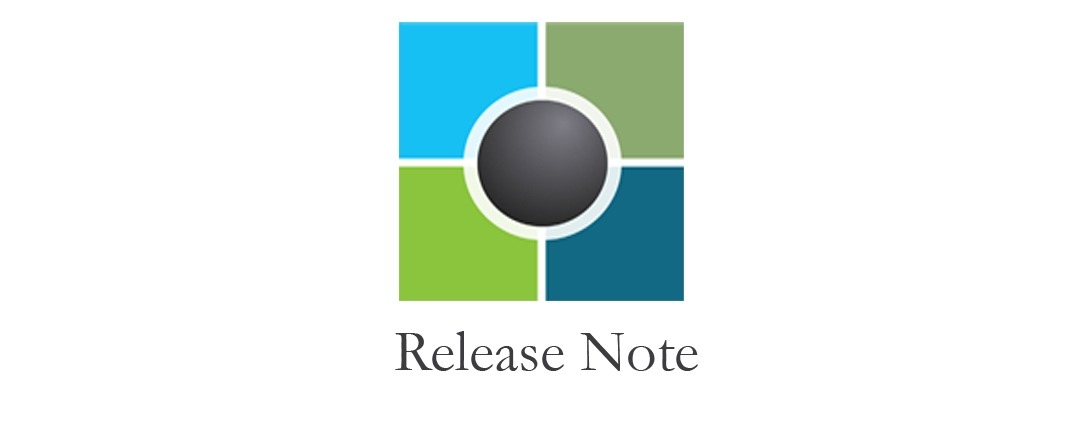Release 1.10.3 – New catalog structure makes findig articles quicker
Release 1.10.3.0 of syscovery SavvySuite is now available for download for all customers with a software maintenance contract. In the following we have summarized some important topics of the new release for you.
New Order – Article Search for Self Service
At this point, we received repeated feedback from customers regarding the performance of the list structure of the articles. After the last hotfixes had already reacted and the display of all articles was prevented, a fundamental revision has been implemented in this release.
On the new order page for Self Service users there are now three areas how to search for an article:
- Input field for search terms
As usual, one or more search terms can be entered here, the system completes typed word parts if possible. New: for performance reasons, it is no longer possible to start the search without entering search terms. - Display recommended article
The first eight orderable order proposals (sorted alphabetically) are listed here. - Display of the top catalogue categories
This section of the page displays tiles for the first 19 top-level catalog categories. If there are more than 19 top-level categories, the rest will be grouped under “Other”.
New catalog structure
Previously, it was possible to define and display any catalog structure in addition to the four-level catalog structure. However, this was not displayed in the defined order, but sorted by hits.
As of this release, only the structure definition can be used in the new Web application. Any number of catalog levels can be defined here. Articles can be displayed anywhere in the catalog, even several times in different places. Both the order of the catalog categories and the order of the articles in each catalog category can be configured in the administration application.
Select further articles
Until now, it was only possible for a Self Service user to re-order an item at the same time in one order process. In some situations, however, it is helpful to be able to order several articles together, for example if two or three software installations are to be added on one computer. This is now possible. Within the wizard you can easily add more items to the order. A list allows the user to keep track of what is currently included in the order and can fill in attributes or remove items from the list.
External page views
In the SavvySuite web application, additional direct accesses to the order item detail page and the article detail page are supported:
- Self Service or Key User – order item detail page
- Self Service or Key User – Equipment Details Page
- Self Service – Item detail page
Detail pages as bookmarks or links
Until now it was not possible to save a detail page as a bookmark or to forward the URL link due to the encryption of the GUID. This has now been changed. The detail pages can now be reached via bookmarks or forwarded links.
Article Search Procedure in the Web Application
Previously it was possible not to enter a search term when searching for articles and to click on Search article, all available articles were then displayed. This is no longer possible. A search without a search term leads to a corresponding error message.
If first a category was selected and then the article search is started, the previously selected category is ignored.
Procedure for Other Searches in the Web Application
Triggered by the change in the article search, the function of the previous Reset Search button, which previously reset both the filter setting used and the search term, also changes. In the future, the search term will remain, only the filters will be reset. Accordingly, the button has been renamed to Empty Filter.
The entry of a new search criterion with subsequent search previously resulted in all filters being automatically reset. This is now also omitted, the set filter criteria are retained.
Workflow Configuration of areas of validity in the Administration Application
If an area of validity was previously created, the workflow configuration always had to be created manually. This is no longer necessary. If only different prices are to be defined for the area of validity, no workflow configuration is necessary at all. If there is to be a different process configuration, the standard workflow configuration of the service class is initially copied to the area of validity and can then be adjusted individually. It is now also possible to return from a different configuration to the standard of the service class.
Actions for Workflow Configuration
The actions contained in the basic SavvySuite delivery for use within workflow configurations have been enhanced:
- CreateEquipmentAction: Whereas previously only RM order items could be used in a workflow, the action can now also be used to create equipment objects within a task (work order).
- ProcessStepEndAction: If the SetOrderItemStatusAction was previously used for the order item, an additional PersistentObjectAction was required to continue a task status. This has now been standardized and combined in the new action so that both the work order status of the task and the order item status of the order item can be set.
Additional cross-references
As in previous releases, additional cross-references were implemented this time as well. This makes it much easier to trace processes or configurations or to track the process in the event of an error. Additional cross-references are now available for the following relations:
SC
Subordinate Catalogs Level -> Superior Catalogs Level
Order proposal -> Superordinate element
RM
Order -> Person
Order item -> Organizational element
Approval item -> Order item
Approval item -> RM Approval workflow
OB
Person -> Approval item
Person -> Organizational unit of the position
Representation of lower-level and higher-level organizational units
Organizational unit -> Position
WF
Workflow Monitoring -> System Workflow
WM
Task template -> Task
Task template -> Task configuration
Task template -> Workflow
Task Configuration -> Task Template
Task -> Task template
Editing Images in Decentralized Catalog Administration
In addition to the previous options to change article names and descriptions, article images can now also be uploaded or inserted from the existing image database.
Article description in the editor
Previously, the use of formatting (bold, enumerations, etc.) for the description text of articles was only possible to a limited extent, the catalog administrator had to insert the HTML tags manually. Now a comfortable editor is available, in which the usual formatting can be set menu-driven.
As usual, the new SavvySuite release is available for download in our Customer Interaction Center. After logging in, click on Knowledge Center -> Setup packages.




